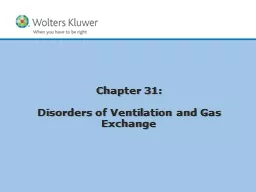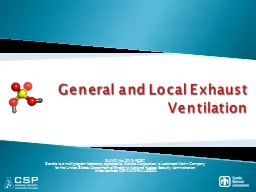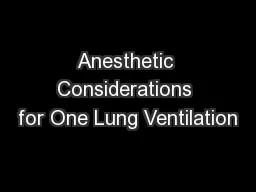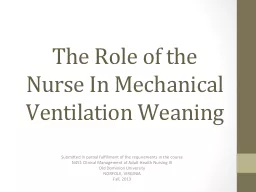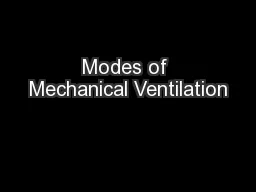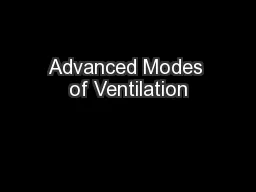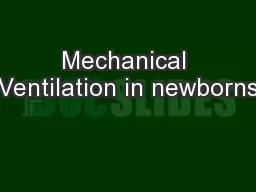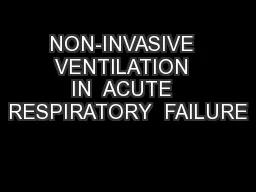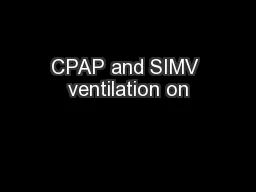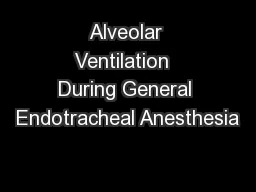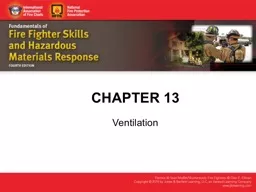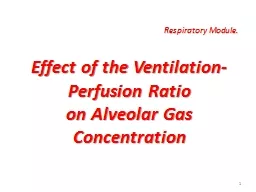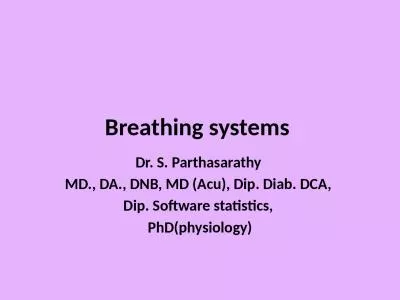PPT-Chapter 31: Disorders of Ventilation and Gas
Author : jane-oiler | Published Date : 2020-04-03
Exchange Gases of Respiration Primary function of respiratory system Remove CO 2 Addition of O 2 Insufficient exchange of gasses Hypoxemia Hypercapnia Hypoxemia
Presentation Embed Code
Download Presentation
Download Presentation The PPT/PDF document " Chapter 31: Disorders of Ventilation a..." is the property of its rightful owner. Permission is granted to download and print the materials on this website for personal, non-commercial use only, and to display it on your personal computer provided you do not modify the materials and that you retain all copyright notices contained in the materials. By downloading content from our website, you accept the terms of this agreement.
Chapter 31: Disorders of Ventilation and Gas : Transcript
Download Rules Of Document
" Chapter 31: Disorders of Ventilation and Gas "The content belongs to its owner. You may download and print it for personal use, without modification, and keep all copyright notices. By downloading, you agree to these terms.
Related Documents

